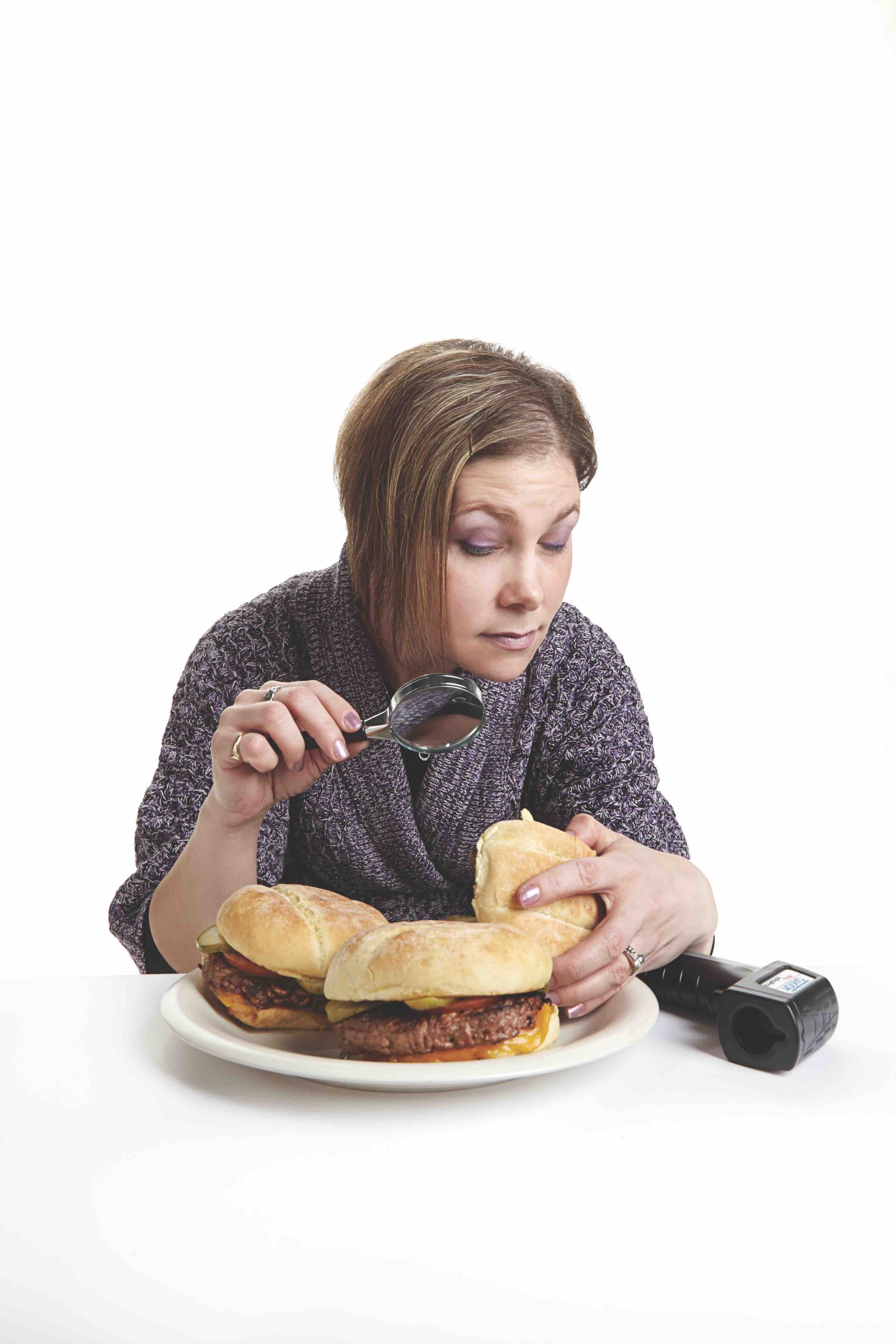Bacteria
“The bacteria on a whole-cut of beef is found on the surface of the beef. This is why people can eat rare or even blue rare steak – as long as the outside of the meat is seared with heat, this will destroy the bacteria that’s on the surface of the meat. With ground beef, the meat is ground up. The bacteria that was on the surface of the meat has now been mixed into the entire mound of meat.
The Worst Infestation I Have Ever Seen
“Just last year, we received a complaint from someone finding packages of foods that looked like they had been chewed open at a convenience store. After moving food products on the shelves, I found several sticky glue boards (used to capture mice) full of dead mice. It was the worst mouse infestation I have ever seen.
Myth
“One of the big myths is that when you get sick from food, that it’s always the last thing you ate that made you sick. Some bacteria may not cause you to be sick until a couple days later. Sometimes it can be a week or even up to two weeks after you’ve eaten a food until symptoms develop.
Temperature
“When you’re cooking your food, make sure you don’t leave it out at room temperature for any great length of time before you cook it. After you’ve cooked it, if it’s going to be sitting around for awhile before you serve it, keep it at 60 degrees Celsius or higher.
Super Chilled
“The fish that chefs use to make sushi does have to be frozen at certain temperatures for a certain amount of time – -20 Celsius for seven days or -35 Celsius for 15 hours – and that’s to kill any parasites.
Bleach
“The simplest sanitizer is a very mild bleach water solution, about half a teaspoon of bleach into a litre of water. It’s going to make it safe to prepare on your food preparation surface. You don’t have to rinse it off. It’s going to evaporate with the air. It’s not going to kill anyone.
Best Before vs Expiration Date
“A ‘best before’ date is an indication of the quality of the food, not a reflection of whether it will be safe to eat after that date. Once it reaches that date, it might look different, it might taste stale but that does not mean that the food is unsafe. An expiration date is an indication of the safety of a food. Foods can’t be sold past that date. After the expiration date, the food should be discarded.”
Like this content? Get more delivered right to your inbox with Ed. Eats
A list of what’s delicious, delectable and delightful.
